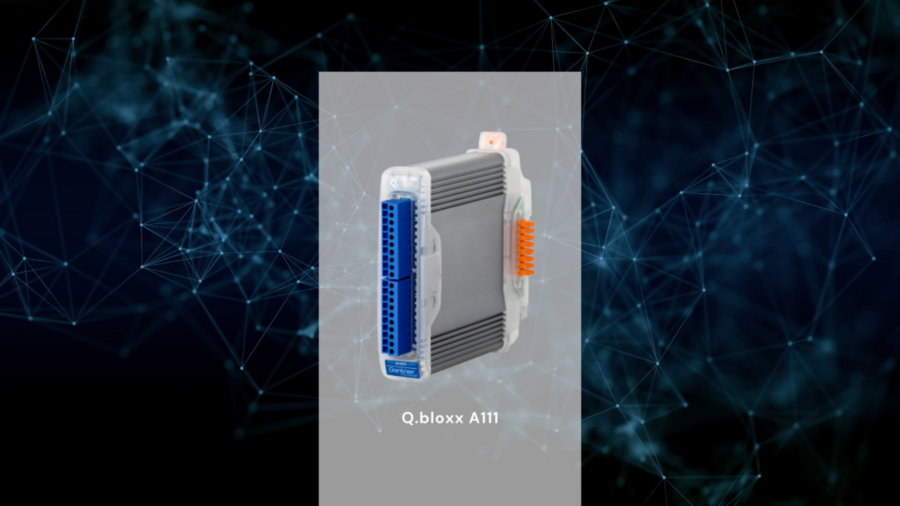The Key features:
- 4 galvanic isolated analog input channels
IEPE sensors/voltages - Fast high accuracy digitalization
24 bit ADC, 100 kHz sample rate per channel - Signal conditioning
16 virtual channels, linearization, digital filter, average, scaling, min/max storage, RMS, arithmetic, alarm - RS485 fieldbus interface
up to 48 Mbps: LocalBus up to 115.2 kbps: Modbus-RTU, ASCII - Connectable to any Test Controller
e.g. Q.station, Q.gate, or Q.pac - Galvanic isolation
channel to channel to power supply and to interface Isolation voltage 500 VDC - Electromagnetic Compatibility
according EN 61000-4 and EN 55011 - Power supply 10 to 30 VDC
- DIN rail mounting (EN 60715)
For more information about Q.bloxx A111 Measurement DAQ , click here: IEPE Sensor/Voltage Measurement DAQ A111
More articles
The Electric & Hybrid Aerospace Technology Symposium 2024
Join us at the Electric & Hybrid Aerospace Technology Symposium 2024, on October 30-31, to explore the latest innovations in sustainable aviation and connect with industry leaders.
Read more...Dynamic High Voltage Measurement: Q.series X A128 Plus SEB
Gantner Instruments introduces the Q.series X A128 Plus SEB, a dynamic high-voltage data acquisition solution.
Read more...Test Measurement DAQ for SEDS sponsored by Gantner Instruments
Gantner Instruments, Inc. is proud to be a platinum sponsor of the SEDS-Students for the Exploration and Development of Space-organization at the University of California San Diego. Gantner Instruments provided the data acquisition system required for their Colossus Static Fire System Test Stand. This full test system is complete with Gantner’s Q.station PLC controller, precision DAQ modules for TC, Voltage, Current, Resistance and Pt100.
Read more...Seconds Matter: Real-Time Decisions for Smarter Energy Systems
The future of energy isn’t just about generating more power—it’s about using it smarter, faster, and more efficiently. The challenge? Energy systems are more complex than ever. Renewable integration, grid decentralization, and industrial energy demands are pushing operators to make split-second decisions that directly impact efficiency, stability, and cost.
Read more...